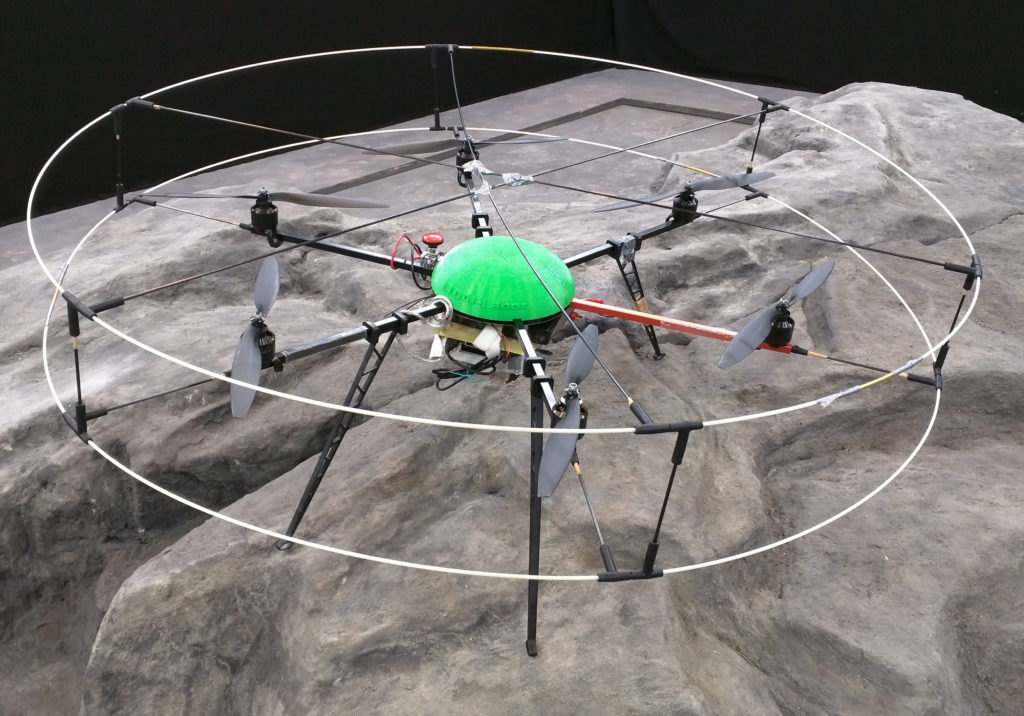Autonomous Systems Playground
Motivation
Drones, robots, autonomous vehicles and modern domestic helpers are deep-seated in our imagination. They support humans in time-consuming, labour-intensive, dangerous or monotonous activities and prove their worth showing reliable, precise and intelligent behavior.
Goals
The goal of the Autonomous Systems Playground is to integrate methods and techniques of artificial intelligence into the real-world environment. To achieve this we investigate different aspects like semantics, learning, adaption and management of autonomous systems and apply them to the test carriers. The test carriers are then embedded in different environments (indoors, on the DIGINET-PS test field, in training facilities of police or firefighters). In these settings, we can validate simulation results or varying solutions. The test results are then used to improve the development.
Technology
We provide a number of test carriers that support fast and efficient integration and testing.
VW Tiguan Allspace
The vehicle provides some automated driving functions and has been additionally equipped with communication means based on IEEE 802.11p and ETSI ITS-G5 standards. For the execution of algorithms and testing it has an additional onboard computer and measuring facilities.

Unmanned Aerial Systems – UAS
For tests using drones we provide a number of test carriers. They can be used outdoors (GNSS positioning) and also indoors (SLAM) and have been complemented with a companion computer and several sensors. The drones are designed in order to provide an optimum out of size, power and computing capacity.



Humaniod Robots
A team of humanoid robots (Softbank Nao) is provided for the development and testing functionalities that are more related to two-legged robots. Students of TU Berlin learn to handle and program humanoid robots on this platform.

Middleware
A ROS (Robot Operating System) environment is provided for the connection, distribution and execution of robot functions and modules on the test carries. It is complemented by a huge repository of functional packages. The ROS middleware allows to integrate new functions easily and fast.
